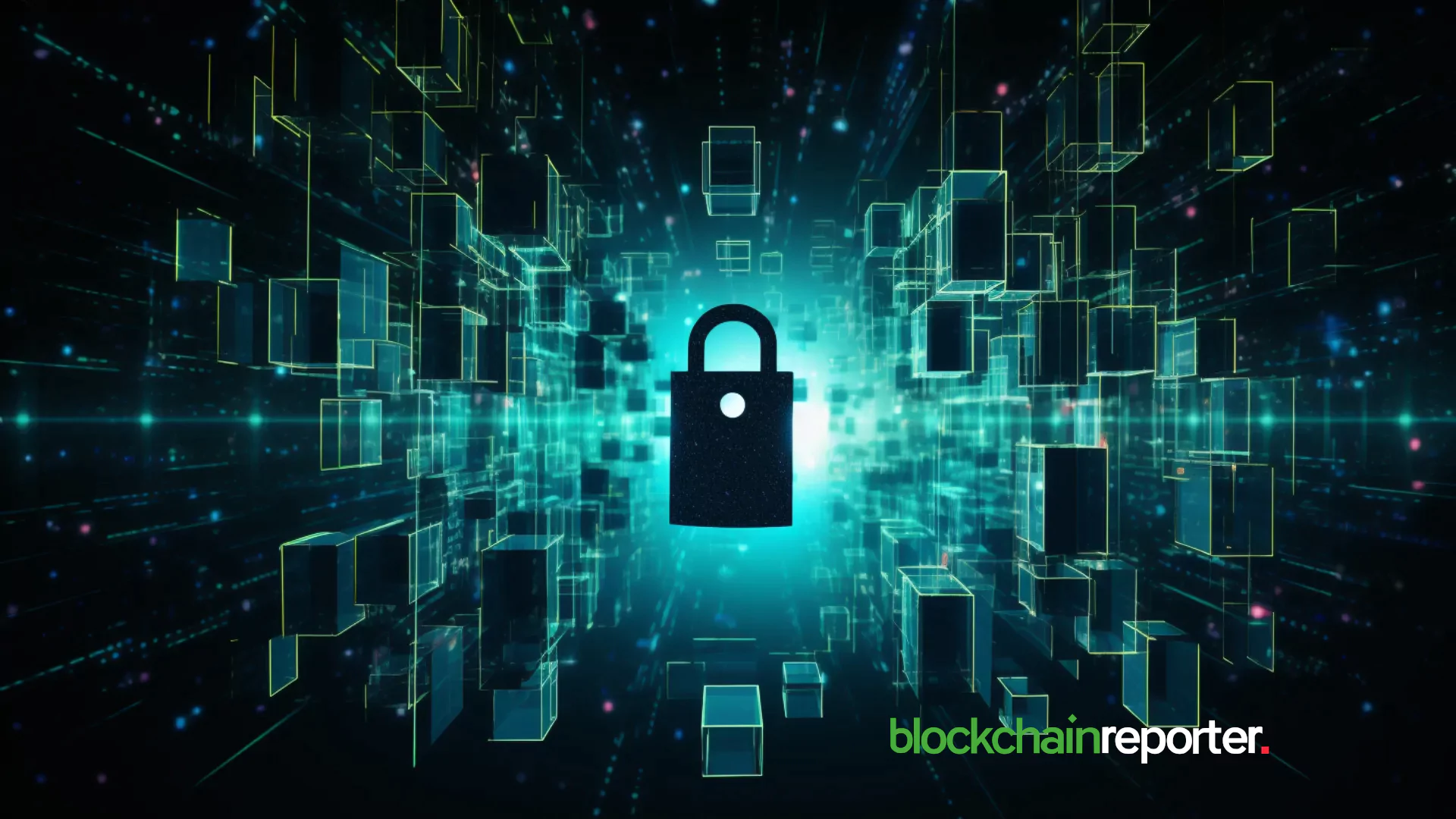Ransomware: A Guide for Beginners
0
0

Introduction
Extortions have plagued peaceful communities for decades. Bullying rogues intimidate common citizens who are compelled to pay what they are asked. As the world turned into a global village, extortionists also digitalized their activities which got enlisted among cybercrimes. If you keep yourself updated, there are chances that you might have heard or read about malware. Malware is a malicious software that targets systems of individuals as well as organizations. Ransomware is a type of malware.
What is Ransomware?
Since ransom is a redemption or retrieval price, ransomware is the malicious software that demands payment in lieu of returning or unlocking a system or service. For example, you open an email that informs you about expiry of a service you have subscribed. It takes you to a link where you enter your details and consign them to hackers unknowingly, or the links may simply jam your system. When the hackers get control, they demand money in the form of a cryptocurrency lest your system remain in their control.
Why Cryptocurrency as Ransom?
You are forced to pay the price because it is useless to inform law-enforcement agencies about the matter. It is nearly impossible to trace the culprit as cryptocurrencies are decentralized currencies mined or earned as rewards on blockchains. Also, the transaction cannot be reversed by any means. Also, since no third party is involved, the speed of transactions is much faster than regular bank transaction. Blockchain is like a digital ledger, on which every activity is publicly recorded, yet no personal detail is revealed.
Privacy crypto coins are a step ahead in anonymity. These coins use a technology that mixes many transactions together. It removes even a tiny bit of probability of being traced. That probability arises from the trail of the cryptocurrency. For example, even though Bitcoin ($BTC) transactions are anonymous, if the address sends the currency to an exchange to convert it into fiat, the identity will be revealed. Prominent privacy coins are Monero ($XMR), ZCash ($ZEC), PancakeSwap ($CAKE), and Worldcoin ($WLD).
Modus Operandi
Hackers and scammers employ multiple techniques to trap preys into their heinous net. In addition to basic information regarding the employed techniques, you should also learn how to be safe.
1. Phishing
In the dark world of ransomware, phishing is a very common practice. You may get an email containing an executable file or a link. The email is usually from a company whose services you are using. You may trust it and open the link and enter your sensitive information. The hackers steal the data and take control of your subscription or even the whole operating system. To get it back, you are required to pay the price. Hundreds and thousands of users can be affected simultaneously by such attacks.
To remain safe, double check the sender’s email address. Phishing emails look legitimate but on close inspection, you can spot the traces of their being counterfeit. Apart from the address, there may appear spelling or grammatical errors. This is not the case in the authentic mails from Microsoft, Apple, Google, etc.
2. Exploit Kit
If you are using an operating system that has lost support from the developer, you are more likely to be trapped by ransomware. Hacking has become a science in itself. Hackers extensively study and analyze operating systems and find loop holes. A complete package of malicious tools is designed to exploit the vulnerabilities in the system. The most dangerous thing about this method is that these kits get installed without users’ notice.
If you don’t want to be affected by exploit kits, you must use up-to-date software, browsers and plug-ins.
3. Malvertising
Malvertising (malicious advertising) involves cybercriminals’ injecting harmful code into online advertisements. These ads mostly appear on reputed and authentic websites, but when clicked or even just viewed, they can automatically download malware onto your device. The malware may deprive you of access to your own systems and services. It can lock you out of your system or force you to pay a ransom to get back access.
To protect yourself from malvertising attacks, always use reliable ad blockers or security extensions. You must avoid clicking on suspicious ads. Keeping your browser and security software updated also helps reduce the risk of exposure to these threats.
4. Clipboard Hijacking
If you are using an outdated OS or browser, you may fall prey to clipboard hijacking. Unnoticedly downloaded and installed malicious software keeps tracking the activities of your browser. When you copy your wallet address for funds transfer, the address is automatically changed to the hackers’ address. Your funds land in their wallets.
You must check the pasted address character by character before proceeding in a transaction. As far as possible, try to avoid browser-based wallets.
5. Seed Phrase Exploit
A few attackers reportedly design fake wallet apps and pop ups that prompt users to enter their credentials. This is quite straightforward exploit that drains all funds from the users’ wallets.
Avoid entering your private keys or seed phrase into any website or pop-up window. Use only the application or software provided by the official website of the wallet. These websites never prompt you to enter your sensitive details on randomly provided pages or pop-ups.
Furthermore, make it your habit to backup your data on a portable hard drive. Over reliance on online storage or the storage you use for day-to-day work poses risk of loss of data any time. nomoreransom.org offers useful guideline to protect yourself from ransomware currently circulating in the market. Locky (2016), WannaCry and Bad Rabbit (2017) and Grandcrab (2018) are a few infamous examples of ransomware that cost millions of dollars to the victims.
Bottom Line
It is not only the good things that are developing. Malevolent and harmful elements are also updating themselves. Ransomware is a kind of malicious software that aims to lock users out of their system and demands payment in the form of cryptocurrency to return the access. Cryptocurrency is a safe haven for such scammers as it is decentralized, and the transactions are irreversible. You must never click on suspicious links, never run fishy programs and keep your system up to date to remain safe.
0
0
 Manage all your crypto, NFT and DeFi from one place
Manage all your crypto, NFT and DeFi from one placeSecurely connect the portfolio you’re using to start.





